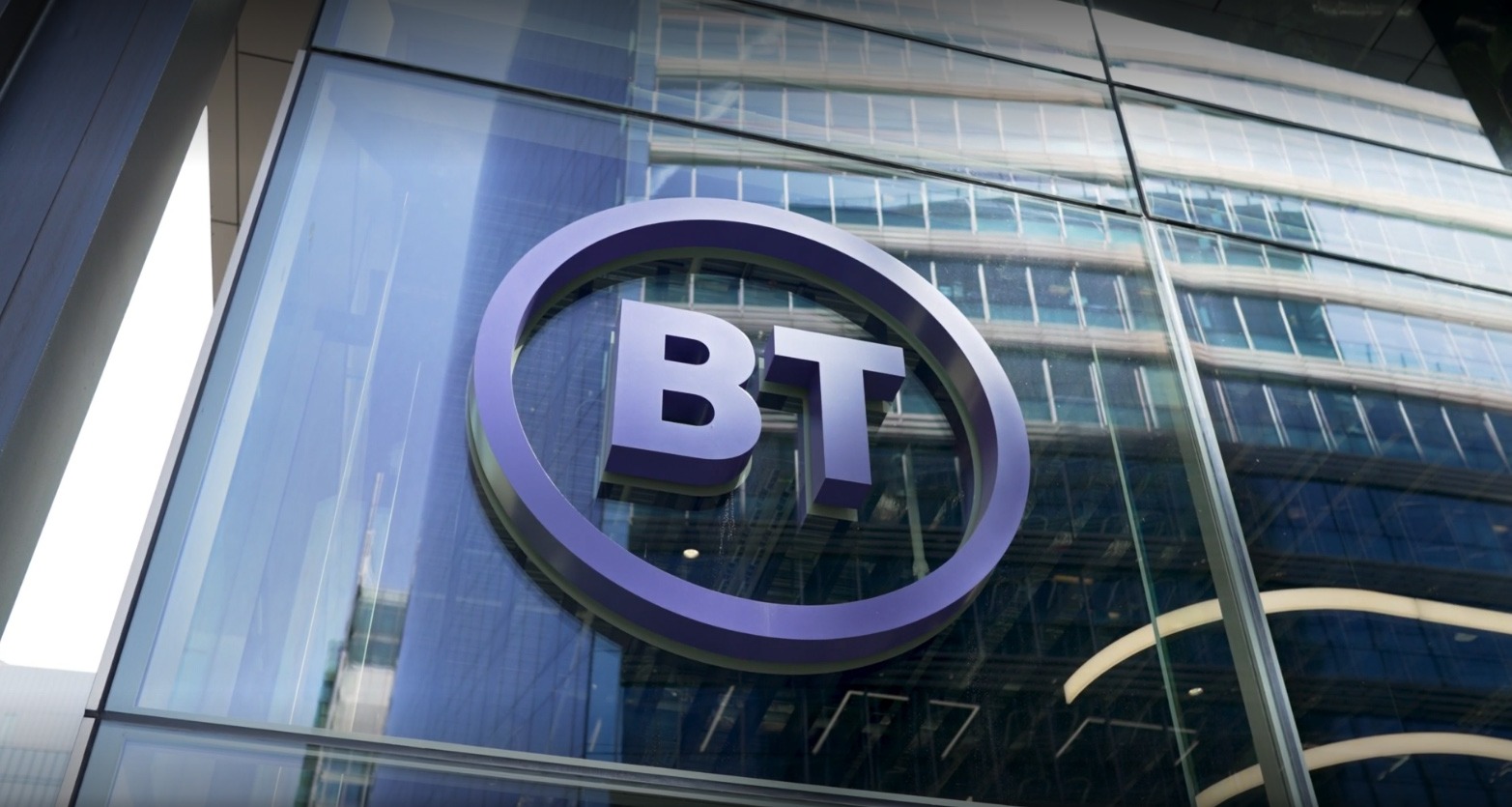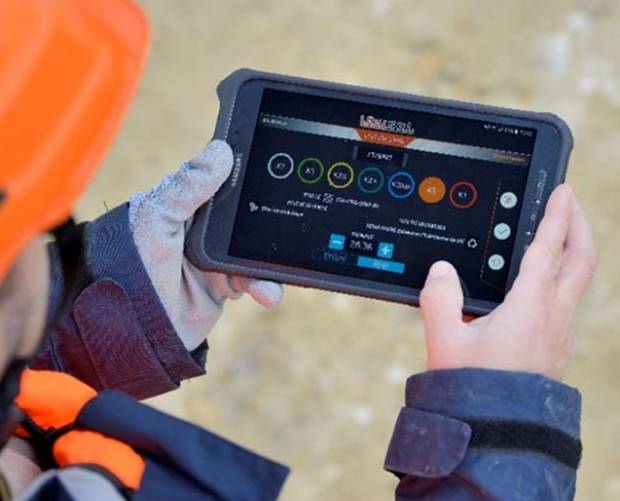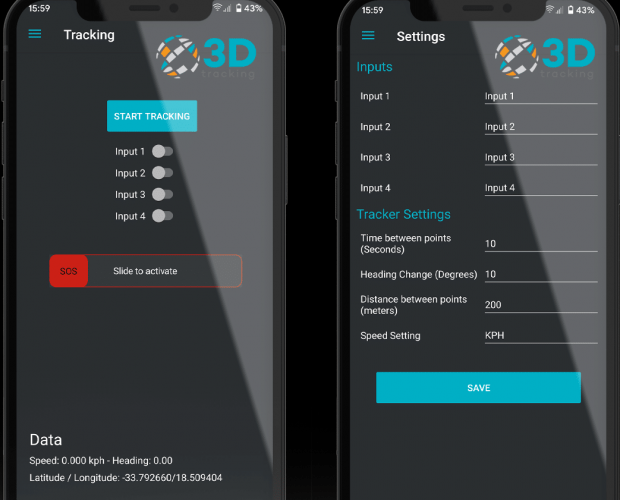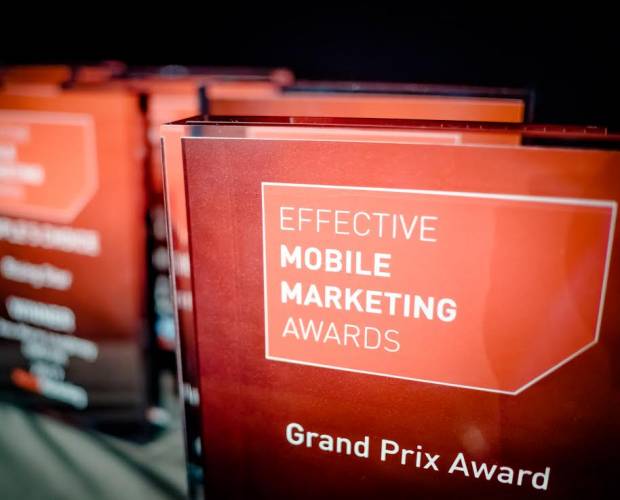In Search of the New SMS
- Sunday, June 1st, 2014
- Share this article:
 Rosh Singh, director of digital innovation at Kinetic UK, considers what it takes for a new piece of tech to become ubiquitous.
Rosh Singh, director of digital innovation at Kinetic UK, considers what it takes for a new piece of tech to become ubiquitous.
Near Field Communication (NFC) was touted as ground-breaking technology which would change the way we use mobile, from contactless payments to interacting with advertising. But so far we’ve seen a lot of talk and little take-up. So why isn’t NFC catching on with consumers, and what can we do to give the technology the boost it needs?
Marketers are not giving consumers compelling enough reasons to use NFC and value exchange is not being taken seriously. Value exchange is all about thinking from the user’s perspective. We need to start really thinking about what the user wants and what they need – why should they remove their phone from pockets and bags and scan the bus-stop poster?
Value exchange
There needs to be a real impetus and value exchange which we simply haven’t seen yet. It’s no good offering the consumer a chance to view the latest Captain America trailer by scanning a code when they can simply open up the Youtube app and view it there, in a familiar and trusted location. We need to give consumers more attractive reasons to use NFC.
However, this is only half the battle. Much of the struggle is the very nature of NFC and the fact that it is inherently a technology. Technology is at its most effective when you stop noticing it and the use becomes habit. The best tech doesn’t feel disruptive or a chore to use; instead, it melts into the background and is no longer a barrier between engagement and usage. Look at the use of our mobile devices – when you compare the handsets we have in our pockets to that of twenty years ago, Moore’s law couldn’t even have predicted the colossal improvement in technology and increase in complexity we have absorbed.
What we have done, however, is build it into our daily lives. The features of the older handsets such as predictive text have formed a part of our everyday routine and now we no longer view using the internet on our phones as alien, it has become second nature. Consumers will adopt these features when they have a real value and blend seamlessly into their lives.
Mobile wallets
Mobile wallets are probably the best hope for NFC. This is where as a technology it can really become a habitual part of our day-to-day lives. In reality, many consumers are already using the technology day-to-day when they use their contactless bank cards, however the retailer takes on the burden of technology in that transaction, rather than the user, which is still the biggest barrier to mobile wallet adoption in the UK. With such a heavy iPhone user-base in the UK, mobile wallets are either going to cause such a stir that they convince Apple to adopt the technology, or they will have to look to support a more ubiquitous enabler.
Whoever has a vested interest in increasing adoption rates should be running the education piece. The handset manufacturers are not pushing the tech hard enough, so it falls to the media owners, the technology partners and mobile wallet proponents such as Weve to educate the user base.
Technology-agnostic
At Kinetic, we are 100 per cent technology-agnostic, and will use the best and most appropriate technology for the job-in-hand, and this is the advice we also give to our clients. We should be experimenting with technology in the mobile and Out of Home (OOH) arena and looking at innovation to drive us forward, with as much mobility and flexibility as possible.
Alongside NFC, Bluetooth Smart (previously known as Bluetooth Low Energy or BLE) should be on everyone’s radar right now. Bluetooth Smart has its own unique set of barriers and challenges and it is a very different technology to NFC in terms of what can be done.
NFC requires the user to proactively interact, effectively making it a pull technology, but Bluetooth Smart works the other way round. The beacons communicate and push information to your phone, allowing seamless communication between beacon and user. From a user experience standpoint, Bluetooth Smart fades into the background and lets the experience take over, whereas NFC requires the user to actively think about technology rather than the experience we are trying to create for them.
From an OOH advertising perspective, Bluetooth Smart has the means to make a real impact, but as an industry, we need to be careful not to scare consumers away with a bombardment of irrelevant messaging.
The big advantage Bluetooth Smart has over NFC is that every new handset is being shipped with it, including iPhones. Bluetooth Smart isn’t a specific technology, although Apple has tried branding it the iBeacon, it is actually the next standard in Bluetooth Technology (Bluetooth 4.0) and therefore is adopted across handsets as standard. So perhaps ubiquity is the answer?
The mobile tech clearly hasn’t hit a peak yet, but with the right education, value exchange and creative support from the likes of the OOH industry we could expect NFC and Bluetooth Smart to become as habitual as SMS.
Rosh Singh is director of digital innovation at Rosh Singh, director of digital innovation at Kinetic UK
















